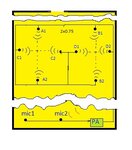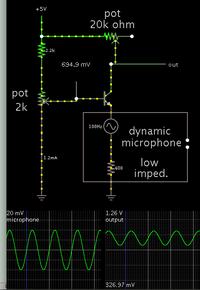crutschow
Advanced Member level 6
- Joined
- Feb 22, 2012
- Messages
- 4,454
- Helped
- 998
- Reputation
- 1,994
- Reaction score
- 1,121
- Trophy points
- 1,393
- Location
- Colorado USA Zulu -7
- Activity points
- 25,252
If you can afford it, one of these feedback suppression devices should significantly help.



